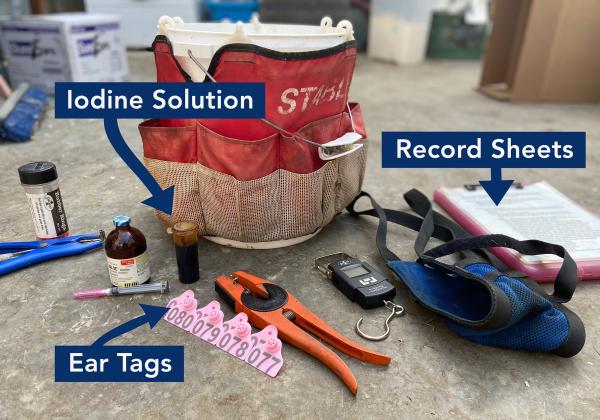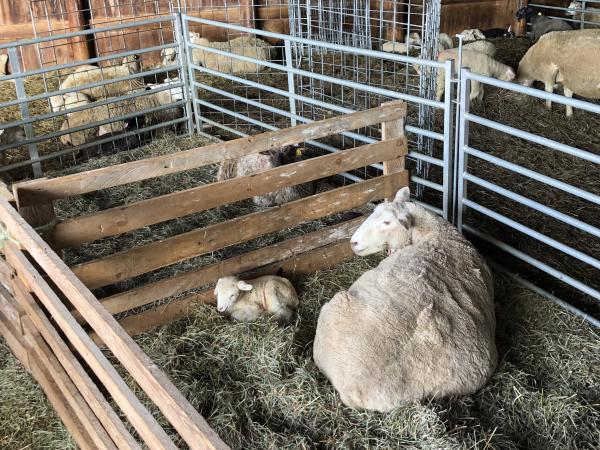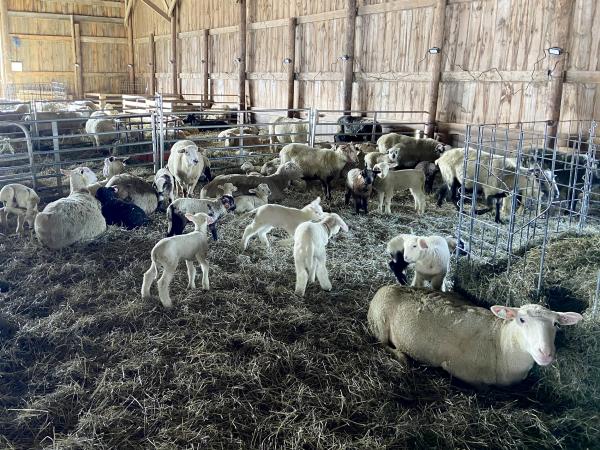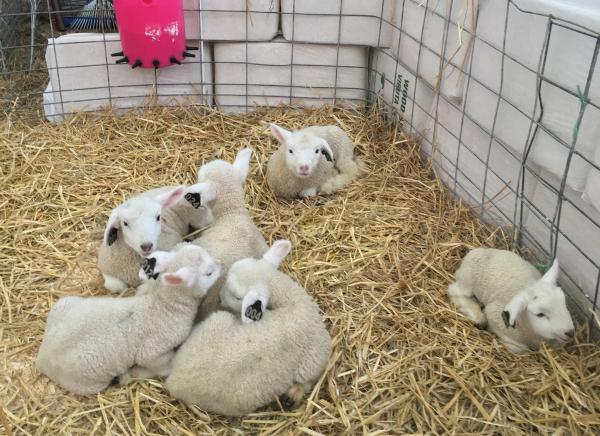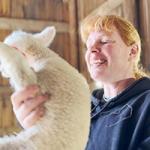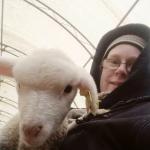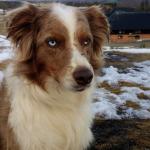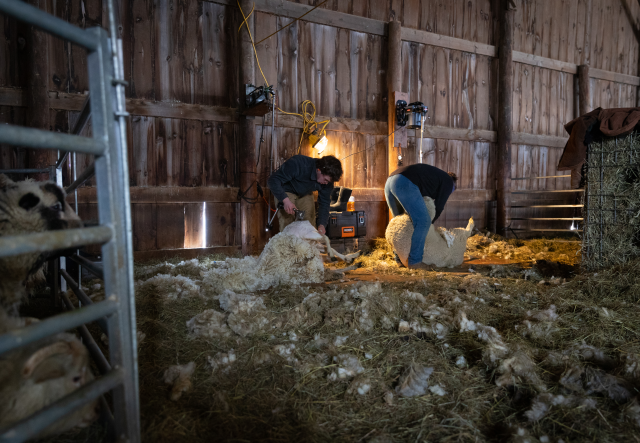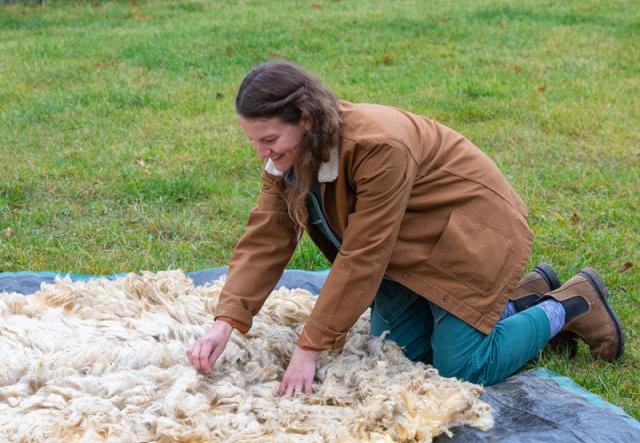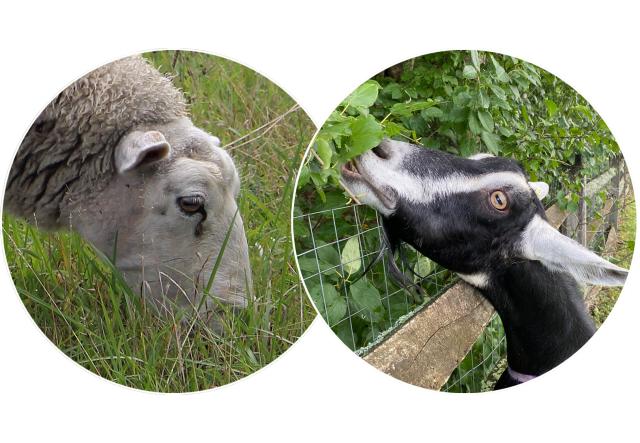Lambing Time!
Late winter/early spring is very special on the farm. Sugarmakers are busy boiling sap into maple syrup, calves are being born, and the shepherds are in the thick of lambing season!
Lambing season is about a 6-week-long period when the majority of our farm’s lambs are born. In October, three rams (intact, male sheep), join the flock of ewes (female sheep), for a month so that the ewes become pregnant. It takes five months for a lamb to fully grow and develop inside a ewe, so almost all of the lambs are born in February and early March. Ewes typically have twin lambs, but can also have singles, triplets, and occasionally quadruplets. As you can probably imagine, this is a very busy time for both the sheep and their farmers! Shelburne Farms raises sheep to provide a local meat source for our community and wool for educational programming.
We hope you enjoy learning a bit more about lambing season below. And the ewes and lambs will be heading out to pasture sometime this April. Make sure to keep an eye out while walking our trails!
Lambing Season 101
Lambing bucket
Before lambing season, the shepherds prepare a lambing bucket with tools that they may need. Some of the tools include:
- Iodine solution: A lamb’s umbilical cord is a direct highway into the animal’s body, so we dip the cord into this dark, antiseptic liquid to help keep the germs out and the lamb healthy!
- Ear tags: Each lamb is given an ear tag with a special identifying number on it. This helps the shepherd easily identify each lamb, especially when there are about 100 of them hopping around! Rams are tagged in the right ear; ewes are tagged in the left. Also, the color of the tag corresponds to the year that lamb was born.
- Record sheets: Lots of data is recorded for every new lamb, including its mother, its weight, and how many siblings it has.
Jug pen
Once lambs are born, they are moved with their moms to a private area within the flock called a jug pen. Here, the ewes and new lambs can bond without being interrupted by the other sheep. The ewes are given warm, molasses water to replenish their energy after lambing, and rich, green hay which they happily devour.
Group pen
After three days, the new mothers and their lambs move to the group pen where the lambs quickly begin to socialize with each other and form play groups. Once the weather warms and the pastures are growing again, usually in April, they will all head out to pasture.
Bottle lambs
For a variety of reasons, a few lambs will almost always require supplemental milk from the farmer. A bottle lamb might be one in a set of triplets that the mom simply can’t make enough milk for. A mom may not make enough milk anyway, or she may be suffering from mastitis, which is a painful infection of the mammary glands. And, sometimes, a mother sheep doesn’t feel the motherly instinct necessary to care for a lamb.
Leaping Lambs: A Virtual Scavenger Hunt
Watch this video of ewes and lambs, and see if you can find the following things:
- lamb drinking milk (nursing)
- lamb playing
- lamb talking
- lamb resting
- ear tag
- lamb scratching an itch
- ewe chewing her cud
- ewe drinking water
- ewe eating hay
What is Your Favorite Part of Lambing Season?
I asked our shepherds this question. Here are their answers.
|
“I would say all the babies. You never know how many a ewe will have or what color they will be so it's always a surprise.” — Renee, lead shepherd |
|
|
"My favorite part is welcoming all the new lambs into the world, and making sure both the lambs and the ewes are happy and healthy." — Mo |
|
|
"The end of lambing season means that spring is just around the corner when moms and babies are out on fresh grass and enjoying the sunshine." — Megan |
|
|
"I love that there are so many more sheep to herd. I’m always up for a challenge and lambs are challenging to herd." — Ginny, herding dog |
|
|
|
"I'm still learning how to direct the sheep but it sure is exciting! I also enjoy licking the milk off of the messy faces of all the bottle lambs!" — Maeve, herding dog |

